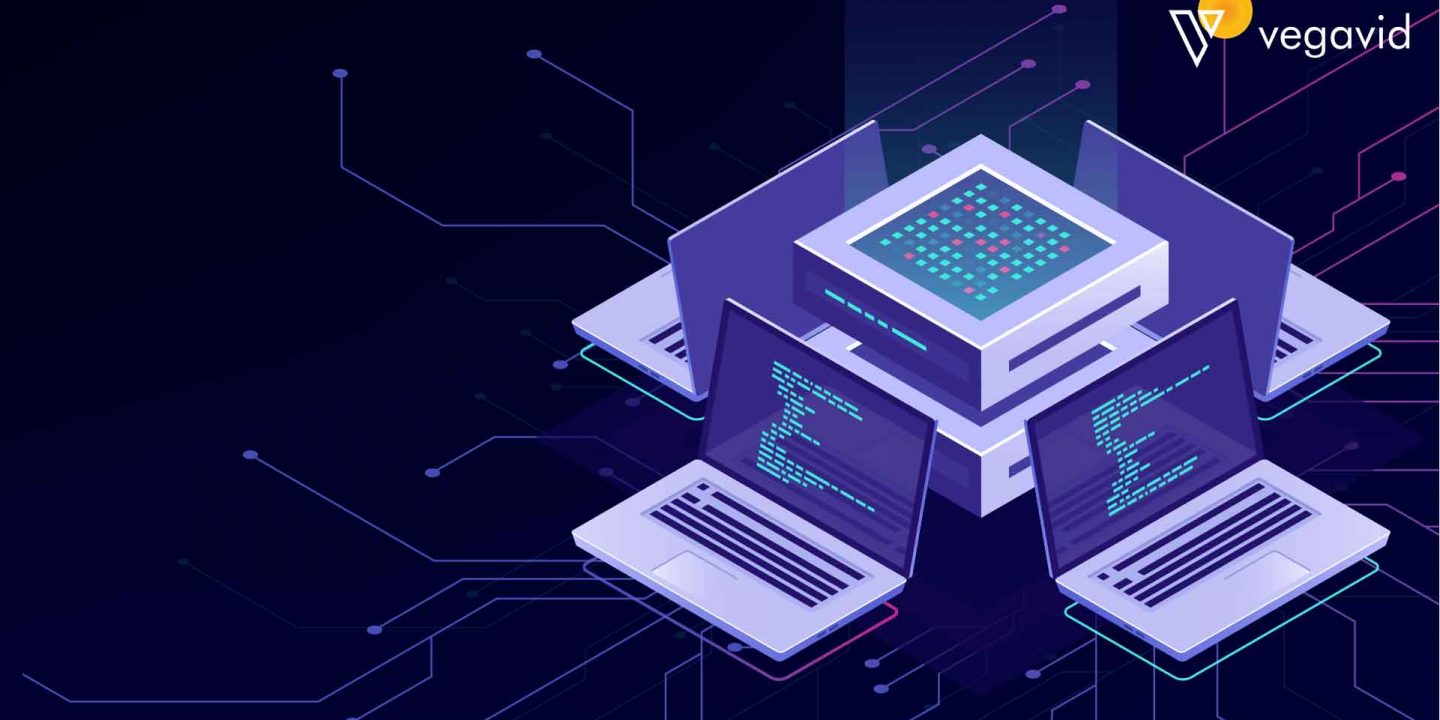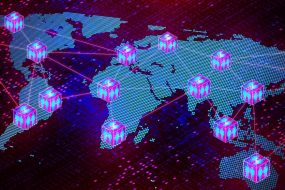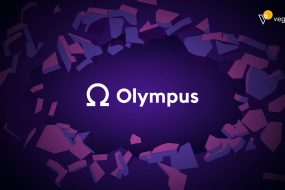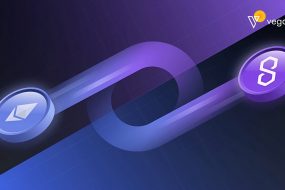
Decentralized autonomous organizations (DAOs) have the potential to revolutionize how organizations are structured and governed. Powered by blockchain technology, smart contracts, and token-based governance models, DAOs aim to operate with unprecedented levels of autonomy, transparency, and collective decision-making. Largely free from hierarchical leadership and intermediaries, DAOs depend mainly on code and algorithms to function according to the desired goals of their token holders.
In this article, we will explore the transformative nature of DAOs and how their use cases are emerging across a variety of industries. We will cover examples of working DAOs and discuss the technology enabling their rise. We will also address key challenges that need to be overcome for DAOs to have widespread real-world impact. By the end, you’ll have an understanding of the exciting opportunities – as well as risks – presented by this new decentralized governance paradigm. So let’s begin our exploration of the rise of DAOs!
What is a DAO?
A DAO or decentralized autonomous organization is an organizational model powered by blockchain technology and smart contracts. DAOs have no centralized leadership and rely on code to execute designated tasks without needing human intermediaries. Members of a DAO interact directly through tokens that represent voting shares and governance power within the organization. Smart contracts encode the rules and governance processes of the DAO that members vote to modify. DAOs aim to create organizations that are fully transparent, immutable, trustless, and decentralized due to their reliance on blockchain technology and code instead of central authorities.
Difference between DAO and traditional organization
DAOs differ from traditional organizations in fundamental ways. DAOs have no centralized leadership structure – all decisions are made collectively by token holders through on-chain voting. DAOs operate autonomously according to predefined rules encoded in smart contracts that cannot be changed arbitrarily. DAOs aim to be fully trustless and transparent since their rules and records are immutable on the blockchain. In contrast, traditional organizations have hierarchical leadership that makes top-down decisions. They operate based on flexible human-defined rules that can change. Traditional organizations typically require a degree of trust in the leaders and administrators managing them.
Use cases of DAO
DAOs have several potential use cases where their decentralized, transparent, and immutable nature provides advantages. DAOs can help coordinate and distribute funding for open-source software projects in a fully transparent manner. Investment DAOs allow token holders to collectively vote on which projects to fund. Marketing and content creation DAOs can organize freelance contributors to produce materials. Charity DAOs can raise and distribute funds for humanitarian causes efficiently. Autonomous insurance DAOs could operate based on smart contracts without requiring human underwriters. In general, DAOs are well suited for any use cases that benefit from collective governance, transparency, and trustlessness enabled by blockchain technology. Some of the other use cases of DAO are-
Tokenized Asset Management
Tokenized asset management involves issuing digital tokens that represent ownership of real-world assets. The tokens can then be freely traded on exchange platforms. Through tokenization, traditional assets like real estate, fine art, natural resources, and equipment can be fractionally owned and more easily liquidated by a wider investor base.
The tokens are backed 1:1 by the underlying assets and grant token holders corresponding rights like dividends, voting power, and capital gains. Tokenization enables new ways of raising funds for asset-heavy businesses through initial token offerings (ITOs). It also allows for innovative ownership and financing models for previously illiquid assets through programmable tokens on blockchain networks. Tokenization aims to increase transparency, liquidity, and access to alternative asset classes for investors.
Decentralized Social Networks
Decentralized social networks aim to give users ownership and control over their data and content. They operate on peer-to-peer network architectures without a centralized intermediary like Facebook or Twitter. Users store their profiles, data, posts, and media on personal devices or nodes in the network. Interactions and transactions happen directly between users instead of through a platform.
Decentralized social networks often utilize blockchain technology for data storage, identity verification, and digital payments. They aim to provide users with more privacy, ownership, transparency, equal opportunities, censorship resistance, and monetization opportunities compared to traditional social media. However, decentralized networks currently lack the scale, consistency, and usability of mainstream platforms.
Decentralized Autonomous Organizations as Service Providers
Decentralized autonomous organizations have the potential to revolutionize how services are provided through their trustless, transparent, and autonomous nature. By codifying rules and processes into smart contracts, DAOs could offer various services without the need for large centralized bureaucracies. Examples include peer-to-peer sharing services, content development and distribution, financial services, and more.
As service providers, DAOs would distribute work and payments fairly and transparently according to the rules defined in their smart contracts. Consumers could have confidence that DAOs would follow protocols exactly as coded, without bias or discretionary changes. DAOs aim to offer more trustworthy, efficient, and scalable services by removing centralized control and human intermediaries through decentralized governance models and smart contracts.
Collective Funding and Crowdfunding
Collective funding mechanisms allow groups of people to pool their resources together to fund initiatives and projects. Crowdfunding is a popular form of collective funding where individuals support projects through small contributions. Crowdfunding campaigns utilize networks like the Internet and social media to reach a wide pool of potential funders.
Both donation-based and reward-based crowdfunding exist, allowing people to either donate funds freely or receive a reward in exchange for their contribution. The main benefits of crowdfunding are the ability to tap into the collective resources of a large network to fund ventures that traditional investors may overlook. However, crowdfunding campaigns often fail to reach their funding goals due to the large number of options available.
Decentralized Supply Chain Management
Decentralized systems aim to transform traditional supply chain management through the use of blockchain technology, IoT sensors, and smart contracts. In a decentralized supply chain, all participants including suppliers, manufacturers, distributors, and customers are represented on the same blockchain network. Smart contracts can encode supply chain processes to automatically execute transactions and payments based on pre-defined and verifiable conditions.
IoT sensors can provide real-time data and tracking of inventory as it moves through the supply chain. The benefits of a decentralized supply chain include greater transparency, traceability, security, and automation. Smart contract-based supply chains could minimize delays, fraud, and human error through the self-execution of agreements. However, decentralized supply chains still face challenges regarding the integration of legacy systems and adoption by all necessary participants.
Decentralized Education and Research
Decentralized systems have the potential to transform how education and research are conducted. For education, blockchain-based decentralized learning networks could allow students to access courses from any instructor globally. Educators could create smart contract-backed digital credentials for students with provable completion of courses and programs.
For research, decentralized networks could enable open and transparent collaboration between scientists without barriers. Researchers could create decentralized scholarly journals that use blockchain to ensure the integrity and track the full history of publications. The benefits of decentralized education and research include improved access, transparency, integrity, and traceability of credentials/records. However, achieving the scale and interoperability needed for mainstream adoption remains a key challenge for decentralized models.
Real-life examples of DAOs
There are several real-world examples of operational DAOs today. The most well-known is The DAO from 2016 which raised over $150 million in an Ethereum token sale but later had funds hacked and needed to hard fork the network. Other working DAOs include Aragon for managing decentralized organizations, MolochDAO for funding public goods, MakerDAO for decentralized stablecoins, Backend for funding open source projects, Gitcoin for funding public blockchains, and Decentralized Autonomous Ventures for funding blockchain startups.
These DAOs demonstrate how collective funding, project management, and decision-making can function in a decentralized manner through on-chain governance and smart contracts. However, most operational DAOs today still face risks regarding security, governance processes, and usability that need to be addressed for mainstream adoption.
Future of DAOs
The future of DAOs looks promising as technology continues to improve and barriers to adoption are reduced. Advances in blockchain interoperability, scalability, and user experience have the potential to make DAOs more viable for mainstream use cases. The growth of decentralized finance applications and tokenized assets could provide the necessary funding and resources for DAOs to expand. Improvements in governance mechanisms, risk management processes, and security could make DAOs more robust and attractive for serious applications.
Overall, DAOs could increasingly replace certain functions of traditional organizations by offering more transparent, fair, and autonomous alternatives powered by smart contracts and decentralized networks. However, the success of DAOs will ultimately depend on their ability to prove they can outperform traditional alternatives in delivering value and achieving intended objectives.
Also Check: How to Create a DAO in 10 Simple Steps
Conclusion
Decentralized autonomous organizations have the potential to revolutionize the way work is organized and value is created through decentralized governance, trustless automation, and collective funding models. However, for DAOs to have widespread real-world impact, issues around security, usability, governance, and scalability will need to be addressed through technology and process improvements. The success of DAOs ultimately depends on their ability to outperform traditional alternatives by delivering more efficient, fair, and transparent outcomes.
Looking to the future, DAOs represent an exciting new economic paradigm that – when implemented properly – could unlock unprecedented levels of coordination, autonomy, and value creation through decentralization. Ultimately, the rise of DAOs will likely reshape how we think about organizing, collaborating, and making decisions within organizations of all kinds.











